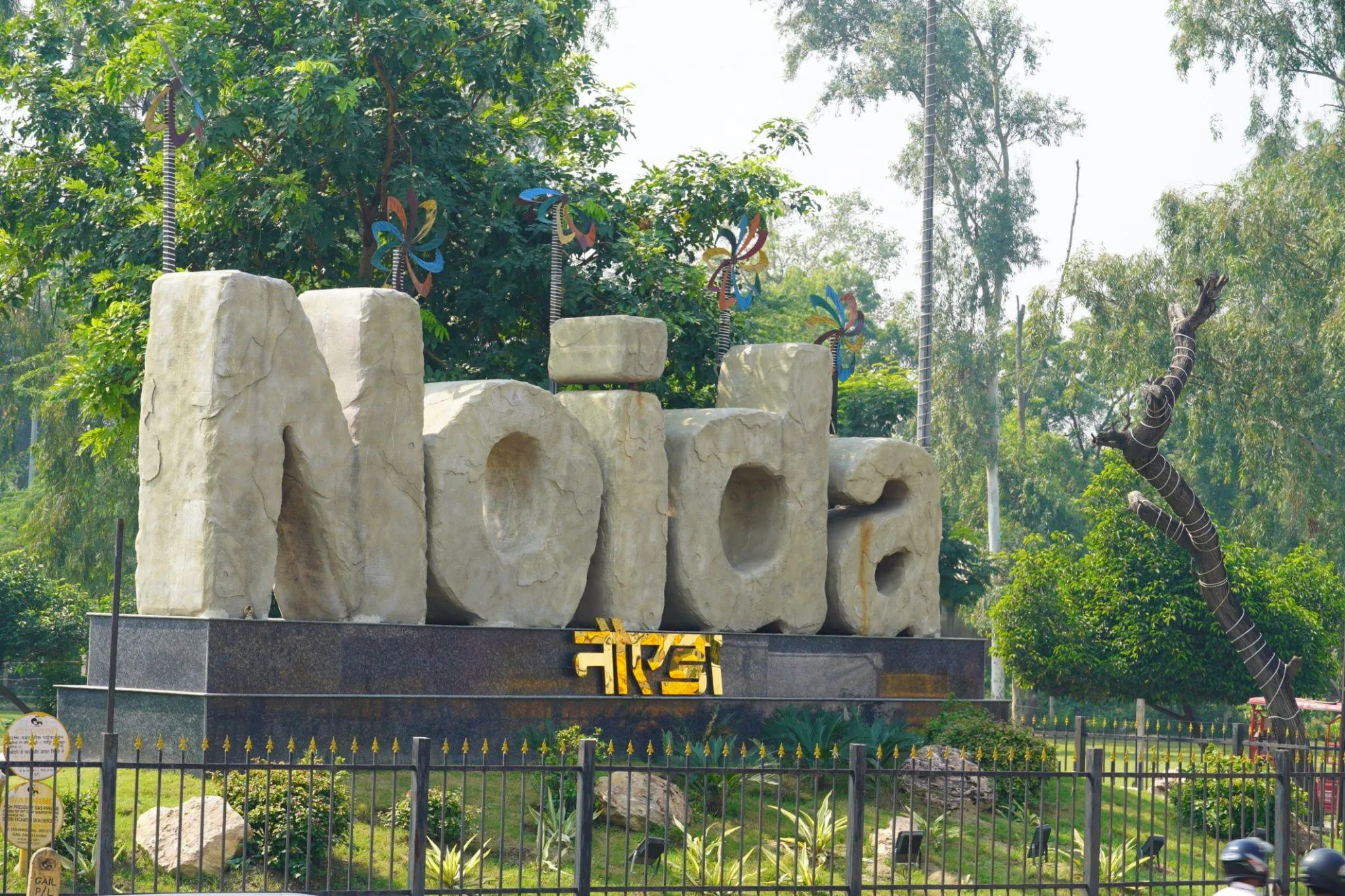Here are more details on the upcoming Noida International Airport [Updated on: March 2024]

The development of the Noida International Airport, also known as Jewar Airport, represents a significant advancement in India's aviation infrastructure, aiming to alleviate the pressure on Indira Gandhi International Airport (IGIA) and to support the growing air traffic demand in the National Capital Region (NCR). This comprehensive timeline encapsulates the airport's journey from its conceptualization to the present status, highlighting key milestones and developments.
Timeline of Noida International Airport Development
- 2001: Proposal of Taj International Aviation Hub (TIAH) at Jewar by Uttar Pradesh Chief Minister Rajnath Singh.
- April 2003: Central Government approves the techno-feasibility report for TIAH.
- 2012: Akhilesh Yadav's government contemplates shelving the Jewar project, proposing instead a new airport in Agra.
- June 2013: Selection of Kurrikupa village near Tundla for a proposed airport.
- January 2014: Defence Ministry raises objections to the Tundla site.
- November 2014: Land near Etmadpur allocated for the proposed airport.
- 2015-2016: Project shifted back to Jewar; approvals from Civil Aviation and Defence Ministries received.
- May 2018: In-principle approval by the Ministry of Civil Aviation to Uttar Pradesh government.
- November 25, 2021: Prime Minister Narendra Modi lays the foundation stone.
- July 2022: NHAI awards the tender for the Faridabad-Noida Airport Expressway.
- August 2022: Completion for testing scheduled for March 2024; operational start in October 2024.
- October 2023: More than 50% of construction work completed.
Significant Agreements and Selections
- October 7, 2020: Zurich International signs a concession agreement with the UP government.
- December 2020: Zurich Airport International selects design team for the passenger terminal; Noida International Airport name and logo unveiled.
- 2021: Various agreements signed, including State Support Agreement, and selection of Tata Projects Ltd as EPC Contractor.
- 2022-2023: Selection of Siemens for the baggage handling system and AISATS for developing a multi-modal cargo hub.
Impact and Connectivity
The airport, upon completion, is set to become India's and Asia's largest airport, with plans for two runways by 2024 and eventual expansion to eight runways. Its strategic location and connectivity through highways, metros, and railways, including the proposed high-speed rail, are poised to significantly enhance access to the NCR and surrounding regions.
Ecological Considerations
The project has faced scrutiny over its ecological impact, particularly concerning the Dhanauri Wetlands. Despite environmental ministry conditions, there are concerns about the lack of action to protect this critical habitat.
Conclusion
The Noida International Airport is a landmark project that symbolizes India's growing aviation needs and its commitment to developing world-class infrastructure. While aiming to boost connectivity and alleviate air traffic congestion, it also faces challenges in balancing development with ecological preservation. As it nears its operational phase, the project continues to be a focal point of attention for its potential impact on the region's economy and environment.
Interested in buying a property?
Leave your details – we’ll call within 5 minutes.
Comments
No comments yet. Be the first!